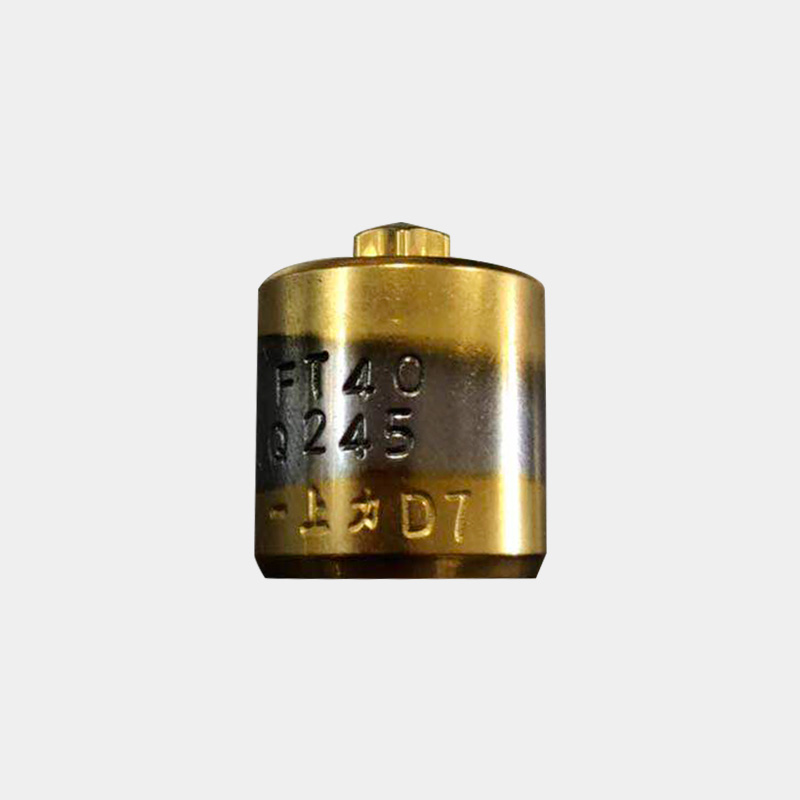The Role of Screw Second Punch in Precision Manufacturing
2025-01-04
In the world of manufacturing and industrial processes, precision and efficiency are crucial to producing high-quality products. One often overlooked yet essential tool in many industries is the screw second punch. While it may not be as widely known as other tools, the screw second punch plays a pivotal role in ensuring the proper assembly, fastening, and durability of mechanical components. Whether it's in automotive, electronics, or heavy machinery, the screw second punch is a vital part of the toolset for any manufacturer focused on precision.
In this blog, we'll explore what a screw second punch is, how it works, and why it's such an indispensable tool in various manufacturing processes.
What is a Screw Second Punch?
A screw second punch is a specialized tool used primarily in the installation and tightening of screws in mechanical assemblies. It serves as an accessory to a traditional punch or screwdriver, providing a secondary force that ensures screws are properly seated, aligned, and securely fastened without causing damage to the screw head or surrounding materials.
The "second punch" is typically used after the initial screw insertion to ensure the screw is seated tightly, often used in conjunction with a punch to help guide and align the screw. This tool can also be used in applications where a precise amount of torque is required to prevent over-tightening or stripping the threads.
How Does a Screw Second Punch Work?
The screw second punch typically features a specially designed tip that fits into the screw's head, allowing for precise and controlled movement when pressure is applied. It is often made of high-quality, durable materials like steel to withstand the force applied during use.
The main functions of the screw second punch include:
1. Alignment: When installing screws into tight spaces or mechanical components, the second punch ensures the screw is properly aligned with its threaded hole, making it easier to thread the screw and prevent cross-threading.
2. Seating: After a screw has been initially inserted, the screw second punch helps ensure the screw is seated properly, preventing it from sitting too high or misaligned in the hole.
3. Torque Control: A screw second punch helps to control the torque applied when fastening a screw. By applying gentle force, it prevents over-tightening, which can strip threads or damage the material surrounding the screw.
4. Precision: In high-precision industries such as electronics or aerospace, the screw second punch ensures that screws are installed at the correct depth, ensuring optimal performance and safety of the final assembly.
Key Benefits of Using a Screw Second Punch
1. Improved Precision and Accuracy: The screw second punch allows for precise screw alignment and ensures the correct depth when fastening screws. This minimizes the risk of unevenly tightened screws, which could lead to malfunction or failure of the entire assembly.
2. Prevention of Damage: By controlling the amount of force applied, the screw second punch helps to avoid damaging the screw heads, threads, or the material surrounding the screw. This is particularly important in industries where material integrity is crucial, such as automotive and aerospace manufacturing.
3. Increased Efficiency: The screw second punch is designed to streamline the installation process, making it quicker and more efficient. It eliminates the need for multiple adjustments and helps ensure screws are installed correctly the first time, reducing rework and downtime.
4. Versatility: This tool can be used across various applications, including assembly lines, maintenance operations, and in the repair of mechanical devices. From electronics to machinery, the screw second punch can be adapted to meet the specific needs of different industries.
5. Enhanced Safety: Over-tightening screws can lead to material deformation, thread damage, or even injury in some cases. The screw second punch helps mitigate these risks by ensuring the right amount of force is applied, which enhances safety for both the operator and the end product.
Applications of Screw Second Punch
Screw second punches are versatile tools and can be used in a wide range of applications, particularly in industries that require tight tolerance and secure fastenings. Some of the most common industries and uses include:
1. Automotive Manufacturing: In automotive production, screws are used to fasten critical components like engines, body panels, and interior elements. A screw second punch ensures screws are correctly aligned and tightened without damaging the components.
2. Electronics Assembly: Electronic devices such as smartphones, computers, and home appliances rely on tiny screws to keep internal components securely in place. A screw second punch is particularly useful for installing screws in hard-to-reach areas or small devices without damaging sensitive parts.
3. Aerospace: The aerospace industry uses screws for a wide range of applications, from assembling aircraft parts to securing avionics equipment. Precision is critical, and a screw second punch ensures that screws are fastened with the exact amount of torque to meet strict safety standards.
4. Industrial Machinery: Heavy machinery often uses screws to fasten large and complex components. A screw second punch ensures that screws in these machines are securely fastened and aligned, preventing the risk of mechanical failure or downtime.
5. Consumer Goods: Products like furniture, bicycles, and even certain household appliances often require screws to hold parts together. The screw second punch helps ensure the screws are installed properly, increasing the product’s lifespan and reducing the likelihood of failures.
How to Choose the Right Screw Second Punch
Selecting the right screw second punch depends on several factors, including the type of screws you are working with, the materials you're fastening, and the specific demands of your industry. Here are some tips for choosing the right tool:
1. Material Compatibility: Make sure the punch is made from a durable, corrosion-resistant material, such as high-carbon steel or stainless steel, which can withstand repeated use without degrading.
2. Size and Fit: The punch should fit the size and shape of the screws you're working with. Check the specifications to ensure the tip is the right size for your screws to avoid damaging the heads.
3. Ergonomics: Look for a screw second punch with an ergonomic handle that ensures comfortable use over long periods. This is especially important in high-volume manufacturing environments.
4. Torque Control: Some screw second punches come with a built-in torque control mechanism, which is ideal for applications where precise torque is essential. This feature ensures you don't over-tighten or under-tighten screws.
5. Quality and Precision: Choose a screw second punch from a reputable manufacturer known for producing high-precision tools. This guarantees that the punch will work effectively and provide the best results in your applications.
Conclusion
The screw second punch may not be the most glamorous tool in the workshop, but its role in ensuring the precision, safety, and efficiency of mechanical assemblies cannot be overstated. Whether you're working in automotive manufacturing, electronics assembly, or any other industry where screws are an integral part of the process, the screw second punch is a valuable tool that ensures fastenings are tight, secure, and aligned perfectly. By using this simple yet effective tool, manufacturers can achieve higher levels of precision, reduce the risk of damage, and improve the overall quality of their products.



